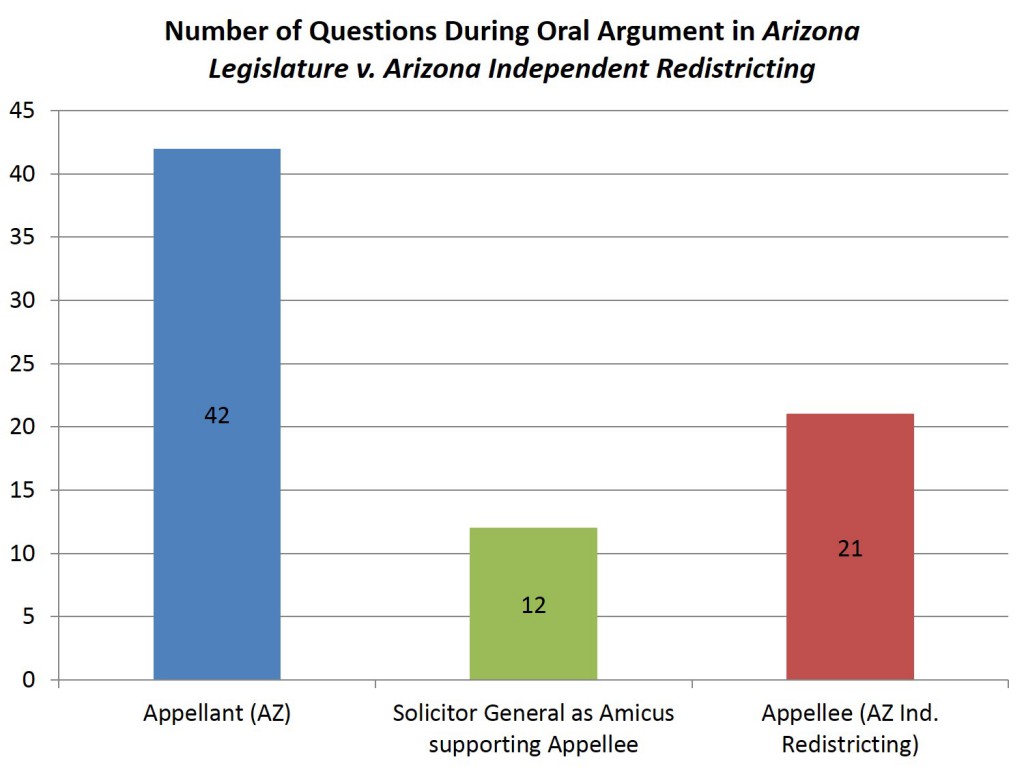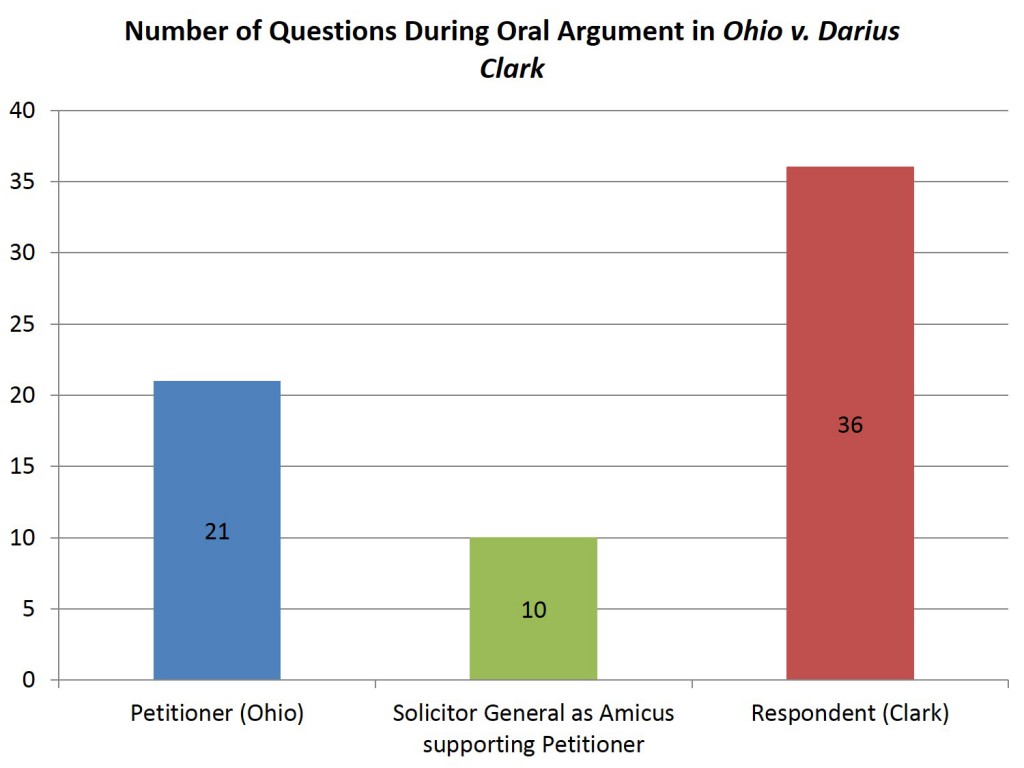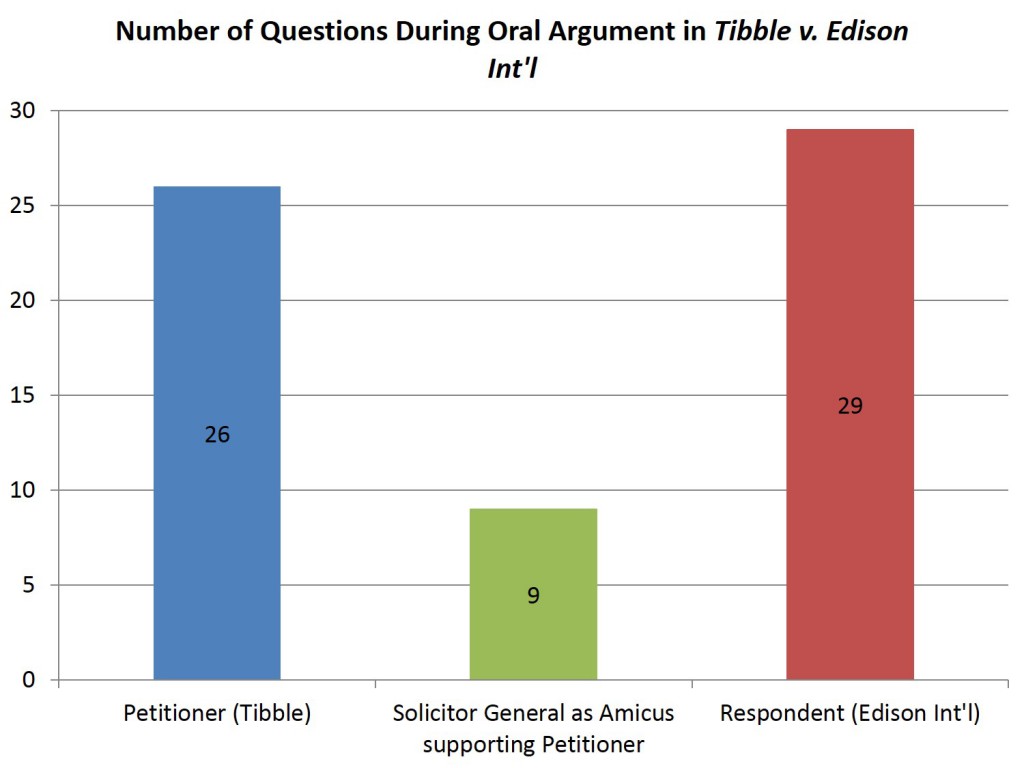This post is based on The Conservative-Libertarian Turn in First Amendment Jurisprudence, 117 W. Va. L. Rev. 231 (2014), which Professor Heyman recently presented as the Third Annual C. Edwin Baker Lecture for Liberty, Equality, and Democracy at West Virginia University College of Law.
In recent years, a conservative majority of the Supreme Court has issued a raft of decisions that have cheered the right and dismayed the left. To name only a few, District of Columbia v. Heller (2008) declared that the Second Amendment guarantees an individual right to own firearms. Citizens United v. Federal Election Comm’n (2010) and McCutcheon v. Federal Election Comm’n (2014) struck down key limitations on the ability of corporations and wealthy individuals to dominate the political process. And Burwell v. Hobby Lobby (2014) held that, under the Religious Freedom Restoration Act, family-owned corporations have a right to religious liberty which permits them to deny contraceptive coverage to their female employees.
Decisions like this clearly align with the political attitudes of the Justices. But I believe that these decisions also can be understood to reflect a deeper political and constitutional theory. To see this point, we must recognize that the conservative view of the Constitution is not monolithic, but includes two different strands. The first strand is a traditional conservative position which supports the government’s authority to enforce law and order and to promote traditional moral and social values. In contrast, the second strand is a libertarian position which emphasizes the need to protect individual freedom against government regulation. It is this second strand of conservative ideology that accounts for the decisions on gun ownership, campaign spending, and religious liberty that I have mentioned. This strand also underlies recent decisions that expand protection for property rights, cut back on affirmative action, and impose limits on the welfare state and the power of the federal government.
As Citizens United and McCutcheon show, this conservative-libertarian view is also one of the most powerful currents in contemporary First Amendment jurisprudence. A leading case is American Booksellers Ass’n v. Hudnut (7th Cir. 1985), which struck down a feminist anti-pornography ordinance. Judge Frank H. Easterbrook ruled that the state may regulate sexually explicit material to protect traditional morality, but not to promote gender equality – a rationale that he condemned as a form of authoritarian “thought control.” Likewise, in R.A.V. v. City of St. Paul (1992), Justice Antonin Scalia treated a city’s ban on cross-burning as an impermissible effort to impose political correctness by punishing the expression of racist ideas. And in Boy Scouts of America v. Dale (2000), Chief Justice William H. Rehnquist ruled that the First Amendment right to freedom of association permitted the Scouts to deny membership to gay persons on moral grounds. In all of these cases – most of which were decided by a vote of five to four – conservative judges used the First Amendment to protect their conception of individual liberty against laws that sought to promote social values like dignity, equality, and community.
The conservative-libertarian approach has made some valuable contributions to First Amendment jurisprudence. I believe that the conservative Justices are right to hold in cases like Rosenberger v. Rector & Visitors of the University of Virginia (1995) that public schools and universities may not discriminate against religious speakers, but must grant them the same rights and benefits they afford to other speakers. The libertarian outlook of the conservative Justices also may have helped to prevent a recurrence after 9/11 of the official suppression of radical speech that marred American law during the Cold War era.
Yet I also believe that the conservative-libertarian approach to the First Amendment has several serious flaws. The first problem is that cases like Citizens United and McCutcheon draw too close a connection between free speech and property rights and fail to recognize the ways in which unrestrained political spending and contributions can distort and undermine the democratic process. Second, decisions like Hudnut and R.A.V. extend too much protection to speech that injures, abuses, or degrades other people. Third, the judges we are discussing tend to be social conservatives as well as libertarians, and deep problems arise when these two aspects of conservative thought collide with one another, as they have in recent cases involving animal cruelty, violent video games, and Internet pornography. Fourth, by upholding traditional restrictions on expression, such as the obscenity doctrine, while striking down regulations that reflect liberal or progressive values, the conservative-libertarian approach fails to satisfy its own demand for ideological neutrality. And finally, the conservative-libertarian commitment to protecting free speech against the government focuses on individuals within the private sphere and not on those within governmental institutions. As a result, the approach tends to deny protection to those groups who are most vulnerable to state control, such as prisoners, public employees, and those who serve in the military.
The root problem is that the conservative-libertarian approach is based on an overly narrow and one-sided view of the self – a view that stresses the ways in which we are separate and independent individuals, but that fails to adequately recognize the social dimension of human life. We need to develop an approach to the First Amendment that is based on a broader and richer conception of the self, the society, and the nature of constitutional freedom. I call this approach liberal humanism. Like conservative libertarianism, this view stresses the value of liberty. But it understands liberty not merely in negative terms – as freedom from government intrusion or regulation – but also in more positive terms, as the capacity to pursue the full development and realization of the self, through one’s own individual activities as well as through social relationships and participation in the community. On this view, there is no inherent conflict between the value of individual liberty and social values such as dignity, equality, and community. Instead, the law should seek to reconcile these values with one another.
Free speech has both an individual and a social dimension: when individuals communicate with one another, they not only are engaging in self-expression but also are participating in a form of social interaction. It follows that the right to free speech carries with it a duty to respect the personality of others and their status as members of the community. For this reason, I would argue that the law should be allowed to impose reasonable restrictions on speech that injures, abuses, or degrades other people, including some forms of racist hate speech and violent pornography. Similarly, the right to free association should not necessarily empower groups who play a central role in the community, such as the Boy Scouts, to exclude individuals on invidious grounds like sexual orientation. Finally, the liberal-humanist view conceives of political speech as democratic deliberation among free and equal citizens, and thus would support some restrictions on activity that undermines our ability to engage in that process, such as unlimited electoral spending by corporations and wealthy individuals. In this way, we can reconcile First Amendment freedoms with other values that are essential to a liberal democratic society.











